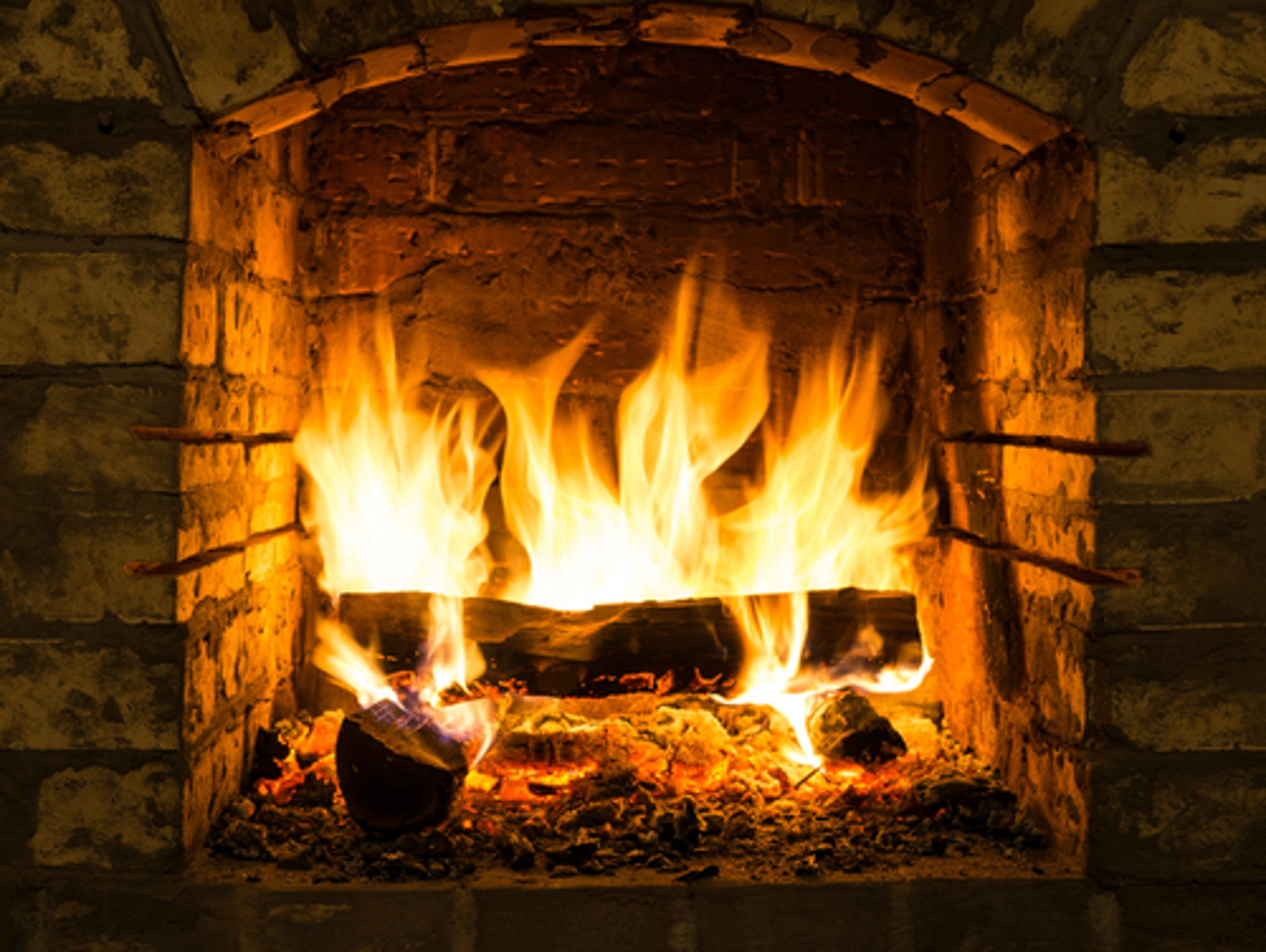
Fireplaces are commonly used across the world to help heat interiors and bring a warm ambiance to a space. But like any appliance, they require maintenance and regular upkeep to help stay in optimal working condition.
Sometimes, a fireplace may cause a strange smell to infiltrate your space. Beyond the standard smoke smell, this odor might be different, and may be a cause for concern. But why might your fireplace smell like something other than smoke? SERVPRO® is Here to Help® provide more information, and hopefully prevent this from happening.
Common Types of Fireplaces
Before detailing reasons your fireplace might cause your house to smell like smoke or another strange odor, let us first detail some common types of fireplaces.
According to MasterClass, four common types of fireplaces include:
- Gas Fireplace: This type of fireplace is typically less expensive than a wood-burning fireplace, and tends to be more energy efficient. While you need a gas line for this type of fireplace, these can generally heat a space more efficiently than a wood fireplace. However, there is a risk of too much carbon monoxide being released, necessitating specific sensors and carbon monoxide detectors. These types of fireplaces typically use a chimney and firebox.
- Wood Fireplace: These types of fireplaces are popular choices due to their classic feel and ability to use real wood, which crackles and provides that telltale ambiance and heat of an old-school wood-burning fire. However, a regular chimney sweep may need performed to help ensure leftover residue is cleaned.
Keep in mind, wood-burning fireplaces are generally less efficient than other types, and while all fireplaces need properly monitored and handled, there is a definite risk of fires breaking out with this type. Make sure you have 1) a fire extinguisher on hand, 2) working smoke alarms, and 3) use the fireplace properly.
- Ethanol Fireplace: This type of fireplace burns ethanol to create a real flame. While this type of fireplace generally does not produce very much heat, it is optimal for modern spaces or different types of designs, since you can pour the ethanol directly into it. Additionally, it does not produce any smoke, so ventilation is not needed.
- Electric Fireplace: Lastly, an electric fireplace is a popular option for those looking to experience the heat and aura of a traditional fireplace, but without the flame. These types of fireplaces use a fan and coils to distribute heat. They are often relatively affordable and may be portable (in some cases). Of all the options described, electric fireplaces produce the least amount of heat.
Reasons Your Fireplace May Have a Strange Odor
Whether the smell is smoky, or just plain strange, as The Seattle Times indicates, here are some common reasons your fireplace might be emanating a strange smell:
- Creosote buildup.
- Pressure imbalance. This may occur when your kitchen or bathroom’s exhaust fan is on, or perhaps an appliance like the water heater or dryer is running. As these appliances push air out of your property, air is pulled down the chimney to make up and “fill” the pockets of air, causing a smoky smell.
- A fault may have developed. If a fault appears in your flue or chimney, the odor may be leaking from that area itself, rather than the hearth.
Other reasons may include dust buildup, and a need for cleaning.
Is it Typical for Your Home to Smell Like Smoke After Using a Fireplace?
Although fireplaces can produce the comforting scent, crackle, and warmth of a fire, if your home or property continues to smell like smoke, sometimes days or even weeks after it was used, this may be worth investigating.
Regardless of the scent, if you notice anything unusual about your fireplace, whether that is related to smell or functionality, it is best to call a fireplace professional to do a thorough inspection. When it comes to unusual scents and air quality in your home, business, or other property, carbon monoxide is something to stay mindful of, so it is better to be prepared and proactive.
Fire Damage? SERVPRO is Here to Help
SERVPRO offers a robust seven-step fire damage restoration process, for any size job or part of your property. Whether you experience fire damage from a chimney in your residential or commercial property, SERVPRO technicians across North America arrive to each project with the proper tools, equipment, and knowledge to help return your space to pre-fire condition. Available 24/7, SERVPRO operates year-round.
There are 2290 SERVPRO locations in the United States and Canada. Whether you experience fire damage in the middle of the night, on a holiday, weekend, or more, your local team of professionals can be there whenever you need them. SERVPRO was established in 1967 and has grown to become the #1 choice in fire and water cleanup and restoration*. So, when you need cleanup, restoration, and reconstruction assistance, know we are always here to help.
To learn more about SERVPRO and the cleanup and restoration industry, please visit our FAQ and glossary.